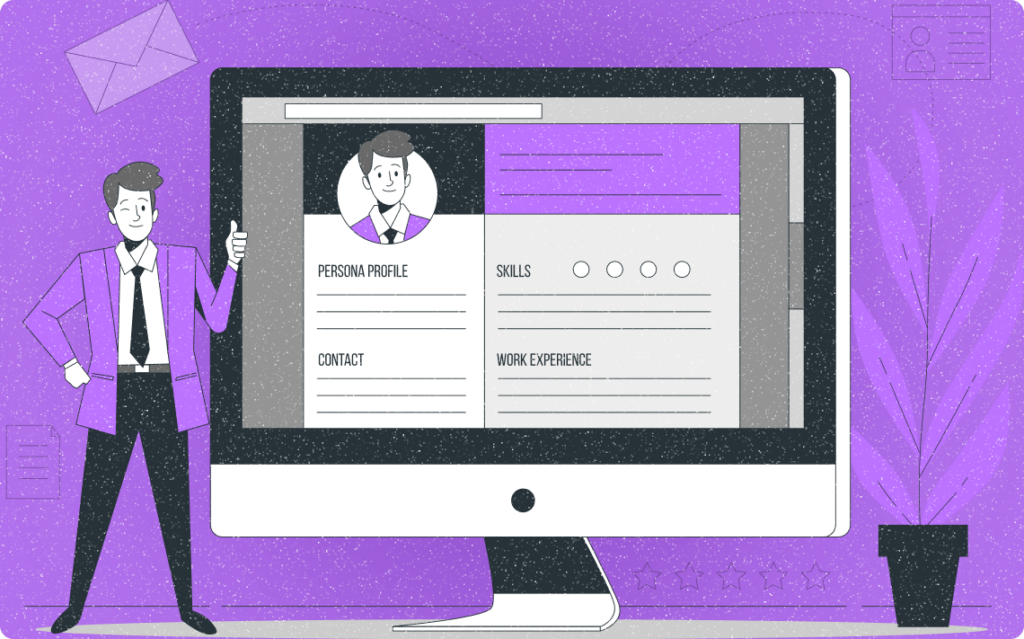Navigating the Complexities of Human Resource Management: Key Challenges and Solutions

Understanding Legal and Regulatory Compliance
Human Resource Management (HRM) must stay updated with employment laws to avoid legal issues. These laws cover hiring, firing, wages, and working conditions. HR professionals should regularly review and update company policies to ensure they comply with current laws.
Ensuring Workplace Safety
Workplace safety is crucial for protecting employees from accidents and injuries. HR should implement safety programs and conduct regular training sessions. It’s also important to perform routine safety audits to identify and fix potential hazards.
Managing Employee Benefits
Offering competitive employee benefits is essential for attracting and retaining talent. HR should manage benefits like health insurance, retirement plans, and paid time off. Regularly reviewing and updating these benefits can help meet employees’ needs and stay competitive in the job market.

Addressing Workforce Diversity and Inclusion
Creating Inclusive Policies
Creating inclusive policies is essential for fostering a diverse workplace. These policies should ensure equal opportunities for all employees, regardless of their background. This includes fair hiring practices, unbiased performance reviews, and equitable promotion opportunities. Companies should also have clear anti-discrimination policies and provide support for employees from diverse backgrounds.
Training for Diversity Awareness
Training for diversity awareness helps employees understand and appreciate differences among their colleagues. This training can include workshops, seminars, and online courses that cover topics like cultural sensitivity, unconscious bias, and inclusive communication. Regular training sessions can help create a more inclusive and respectful workplace culture.
Measuring Diversity Success
Measuring diversity success involves tracking various metrics to assess the effectiveness of diversity initiatives. Companies can use surveys, demographic data, and employee feedback to gauge progress. Key metrics might include the diversity of new hires, retention rates of diverse employees, and employee satisfaction scores. Regularly reviewing these metrics helps organizations identify areas for improvement and celebrate successes.
Get more out of your business
Get the best employee engagement content every week via mailing list

Managing Talent Acquisition and Retention
Developing Effective Recruitment Strategies
Finding the right people for your company is crucial. Start by clearly defining the roles you need to fill. Use various platforms like job boards, social media, and employee referrals to reach a wide audience. Make sure your job descriptions are clear and attractive. Screen candidates carefully to ensure they fit your company culture and have the necessary skills.
Enhancing Employee Engagement
Keeping employees happy and motivated is key to retention. Regularly check in with your team to understand their needs and concerns. Offer opportunities for growth and development, such as training programs and career advancement paths. Recognize and reward hard work to make employees feel valued. Create a positive work environment where everyone feels included and respected.
Implementing Retention Programs
Retention programs help keep your best employees. Start with a strong onboarding process to make new hires feel welcome. Offer competitive salaries and benefits to show you value their work. Provide work-life balance options like flexible hours or remote work. Conduct exit interviews to learn why employees leave and use this information to improve your workplace.

Handling Employee Relations and Conflict Resolution
Building Strong Communication Channels
Good communication is the foundation of strong employee relations. Companies should set up clear and open lines of communication. This can be done through regular meetings, suggestion boxes, and open-door policies. When employees feel heard, they are more likely to be engaged and satisfied with their work.
Mediating Workplace Conflicts
Conflicts are bound to happen in any workplace. It’s important to address them quickly and fairly. Having a neutral third party, like an HR representative, can help mediate disputes. This ensures that all sides are heard and that a fair solution is found. Training managers in conflict resolution can also be very helpful.
Promoting a Positive Work Environment
A positive work environment boosts morale and productivity. Companies can promote positivity by recognizing employee achievements, offering professional development opportunities, and fostering a culture of respect and inclusion. Simple actions like celebrating birthdays or team successes can make a big difference. A happy workplace is a productive workplace.

Adapting to Technological Advancements
Integrating HR Technology
In today’s fast-paced world, technology is changing how we work. For HR, this means using new tools to make things easier and faster. From hiring to managing employee records, technology can help. It’s important to pick the right tools that fit your company’s needs.
Training Employees on New Systems
When new technology is introduced, employees need to learn how to use it. Training sessions can help everyone get up to speed. This can include workshops, online courses, or one-on-one training. The goal is to make sure everyone feels comfortable with the new systems.
Ensuring Data Security
With more technology comes more data. It’s crucial to keep this data safe. This means using strong passwords, encrypting information, and regularly updating security measures. Protecting employee information should be a top priority for any HR department.

Developing Leadership and Management Skills
Identifying Leadership Potential
Spotting future leaders within your team is crucial. Look for individuals who show initiative, communicate well, and inspire others. These traits often indicate someone who can grow into a leadership role. Regularly review performance and gather feedback from peers to identify these potential leaders.
Providing Management Training
Once you’ve identified potential leaders, it’s important to provide them with the right training. This can include workshops, online courses, and mentorship programs. Training should cover essential management skills like decision-making, conflict resolution, and effective communication. A well-rounded training program helps prepare future leaders for the challenges they’ll face.
Encouraging Continuous Learning
Leadership development doesn’t stop after initial training. Encourage continuous learning by offering ongoing education opportunities. This can be through seminars, conferences, or even book clubs focused on leadership topics. Continuous learning helps leaders stay updated on best practices and new strategies, ensuring they remain effective in their roles.
Balancing Organizational Change and Stability
Managing Change Initiatives
Balancing change and stability is crucial for any organization. Change initiatives should be well-planned and communicated clearly to all employees. This helps in reducing resistance and gaining support. It’s important to set clear goals and timelines for these initiatives.
Maintaining Employee Morale
Keeping employee morale high during times of change is essential. Regular check-ins and open communication can help employees feel valued and heard. Offering support and resources, such as counseling or training, can also make a big difference.
Assessing Change Impact
Evaluating the impact of change initiatives is necessary to understand their effectiveness. This can be done through surveys, feedback sessions, and performance metrics. Regular assessment helps in making necessary adjustments and ensures that the changes are beneficial for the organization.
Conclusion
Human Resource Management (HRM) is a tough job with many challenges. From hiring the right people to keeping them happy and productive, HR managers have a lot on their plates. But with the right tools and strategies, these challenges can be turned into opportunities. By focusing on clear communication, ongoing training, and fair policies, companies can create a positive work environment. This not only helps in solving problems but also in building a stronger, more motivated team. In the end, good HR practices are key to a successful and happy workplace.
— The Monitask Team
Frequently Asked Questions
How can companies ensure they follow employment laws?
Companies can ensure compliance by regularly consulting legal experts, providing training on laws, and staying updated with changes in regulations.
Why is diversity important in the workplace?
Diversity brings different perspectives and ideas, which can lead to better problem-solving and innovation. It also creates a more inclusive and fair environment.
What are some effective ways to retain employees?
Effective ways to retain employees include offering competitive benefits, creating a positive work environment, providing career development opportunities, and recognizing and rewarding good performance.
How can technology help in HR management?
Technology can help by automating routine tasks, improving communication, making data management easier, and providing tools for better decision-making.
What is the role of leadership in HR management?
Leadership is crucial in HR management as it involves guiding teams, making strategic decisions, fostering a positive work culture, and ensuring continuous growth and development.


